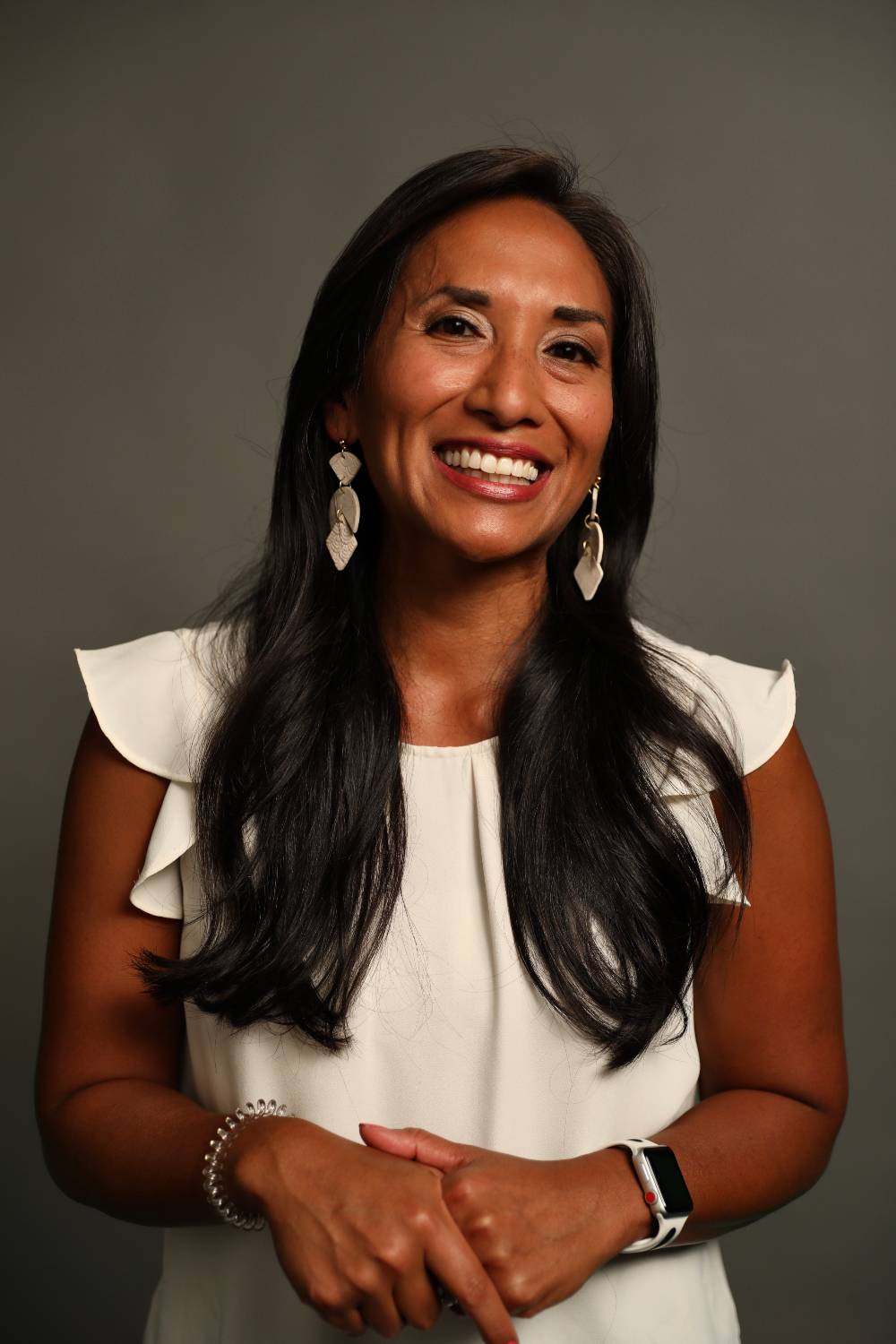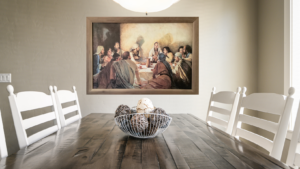For I know the Plans I Have for You (Jer. 29:11)
Greetings, fellow travelers. I am (probably) the newest contributor to the CWG blog. In an attempt to introduce myself, I decided to offer the following recollections that I wrote for a smaller audience. This is a deeply personal account, but it’s how I roll.
I was widowed two years ago, and it significantly altered my perception of marriage, God and our eternal trajectory. Retrospect is the critical viewpoint in this narrative, since my husband and I did not convert to Catholicism until we were in our mid-thirties. Hence, God’s plan for our lives was not immediately intuited, although we eventually recognized the critical nature of the Catholic faith in our marriage. It was this faith that would provide continuity and structure to the sacrament we shared. We were married for 42 years, and this is our story:
My husband, Steve, was a risk-taker.
I was not.
Our third date I found him cheerfully explaining the constellations of scars on his head and chin—which he identified as wounds from embedded gravel—the result of a tire blowout during a high-speed motorcycle ride on a gravel road. Apparently, he went airborne before the force of gravity did what gravity tends to do—and it sucked him into the hard, graveled surface below him.
I watched, horrified, as he retold the story, complete with sound effects, and enthusiastic arm-flapping.
“You’re lucky to be alive!” I gasped. He smiled.
“Yeah,” he said. His grin grew even wider.
“Weren’t you scared?” I exclaimed.
“Nah,” he said casually, “I was too busy trying to keep the bike from falling on top of me and killing me.”
I remember being incredulous, as I tried to comprehend his explanation. I did not understand this attitude toward life. I risked nothing. I gambled on nothing, and I kept everything in my world ordered and safe. We could not have been more different. Who is this guy? I thought.
Eventually, and against my better judgment, Steve managed to talk me onto the back of his dirt bike—after assuring me that he wouldn’t go too fast. I believed him (mostly) even when we were sailing over huge hills with considerable hang time, before landing on the other side of the hill. I remember clutching my arms around his waist and screaming into his back, while he yelled reassurances that everything was fine. (I think he really enjoyed that part.)
Steve frequently challenged the forces of nature with every ounce of his seemingly immortal body. If he wasn’t defying gravity, he was water skiing without skis, or driving snowmobiles across frozen ponds. It always seemed to me that he was like one of those giant grasshoppers that flies erratically into oncoming cars—barely missing the windshield with an artful dodge.
Alternatively, the laws of physics and the general nature of risk, did nothing to inspire intestinal fortitude within. My formative years had been painful, and I trusted no one. Night after night, I remember begging a distant God for deliverance—a deliverance that always seemed elusive—rendering my nominal faith into shadows.
Despite my spiritual quagmire, I gradually began to appreciate Steve’s attitude toward life. Scientific laws can be harnessed if you have the right tools, and the world is approachable if you are comfortable with who you are. Steve was all those things—and slowly, patiently (sometimes) he taught me to take risks: with others, with myself, and of course … his motorcycle.
Initially, I did not realize that God had finally offered me deliverance in the form of a young man with an irrepressible temperament—but it seems rather obvious now. It would have required someone with that kind of fortitude to wage battle with the seen and unseen forces around me.
It turns out that God had been listening all along.
It should come as no surprise that Steve went on to have a successful career in law enforcement before retiring due to injuries he sustained in the line of duty. Those injuries are what ultimately caused his death, but he would have settled for nothing less. That’s just how HE rolled.
January marked the second anniversary of Steve’s death, and if I could tell him anything right now, I think it would be this: Thank you for taking a chance on this wisp of a soul. You are proof that God answers prayer on the most elemental level. I am forever grateful to you—and most importantly—to God, who is ever-merciful, and actively involved in the most intimate details of our lives.
This knowledge fills me with child-like trust–secure in the knowledge that God always has a plan.
©Copyright 2023 by Sarah Torbeck




 Let me begin, then, by saying that I never intended to become “the chicken lady” of my neighborhood. When my husband called from work one day, saying that a colleague had no further need of 4 unhatched baby chicks and did I think we could take them in for a while, I said “Sure” simply because I like animals and couldn’t stand the thought of those little chickies being – literally – thrown away. That was about the extent of my thinking.
Let me begin, then, by saying that I never intended to become “the chicken lady” of my neighborhood. When my husband called from work one day, saying that a colleague had no further need of 4 unhatched baby chicks and did I think we could take them in for a while, I said “Sure” simply because I like animals and couldn’t stand the thought of those little chickies being – literally – thrown away. That was about the extent of my thinking. My little flock did not choose each other, but they’ve formed themselves into a community nevertheless. Although they are all different types of hens, they get along. Yes, there is certainly a pecking order (Sandy is at the top) but there is still room for everyone, despite their various temperaments. For example, Pebbles, our black Australorp, tends to get broody and take over the nesting box, while Pepper, a light Brahma and the smallest of the five chickens, likes to make up for her small size by being feisty and pecking everyone, including the dogs. Occasionally there are some ruffled feathers but most of the time there are contented, chatty clucks and check-ins, and at the end of the day they all go into the hen house and sleep peacefully together. If I’ve had a hard day with a difficult person, I really notice their ability to not hold a grudge and to let bygones be bygones. It reminds me that I might not always want to spend a lot of time around a certain person or persons, but I don’t have to take everything personally and I don’t have to carry resentment with me every day. (And I’m always somewhat flabbergasted that the hens consider our two pitties part of their community!)
My little flock did not choose each other, but they’ve formed themselves into a community nevertheless. Although they are all different types of hens, they get along. Yes, there is certainly a pecking order (Sandy is at the top) but there is still room for everyone, despite their various temperaments. For example, Pebbles, our black Australorp, tends to get broody and take over the nesting box, while Pepper, a light Brahma and the smallest of the five chickens, likes to make up for her small size by being feisty and pecking everyone, including the dogs. Occasionally there are some ruffled feathers but most of the time there are contented, chatty clucks and check-ins, and at the end of the day they all go into the hen house and sleep peacefully together. If I’ve had a hard day with a difficult person, I really notice their ability to not hold a grudge and to let bygones be bygones. It reminds me that I might not always want to spend a lot of time around a certain person or persons, but I don’t have to take everything personally and I don’t have to carry resentment with me every day. (And I’m always somewhat flabbergasted that the hens consider our two pitties part of their community!)




